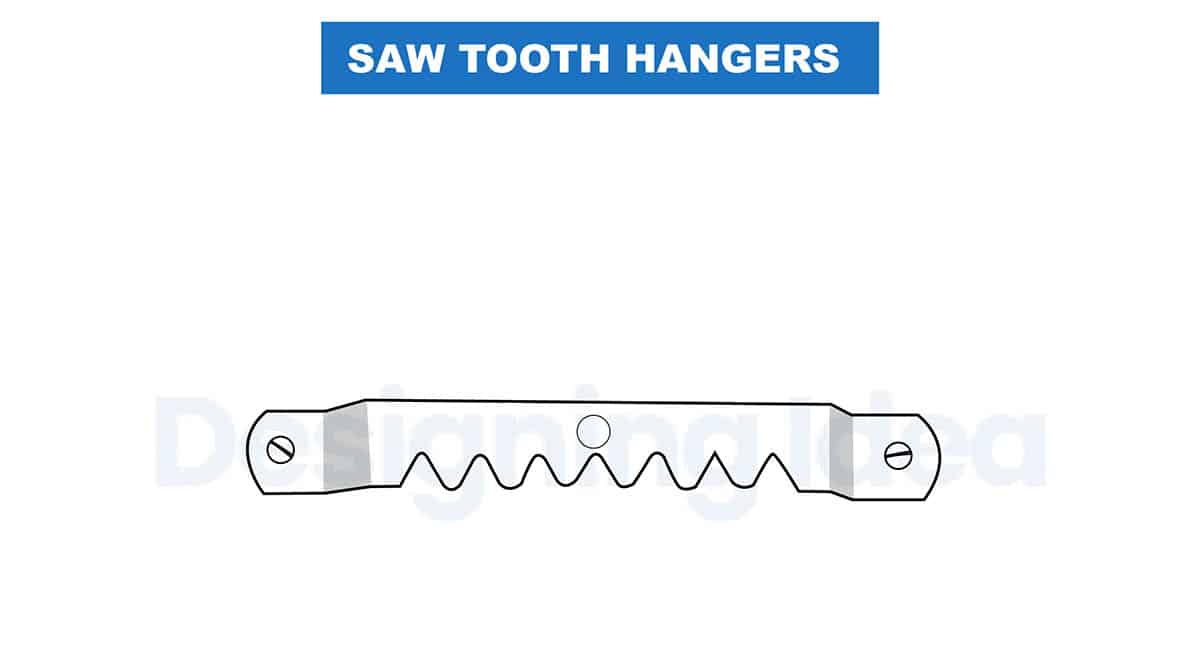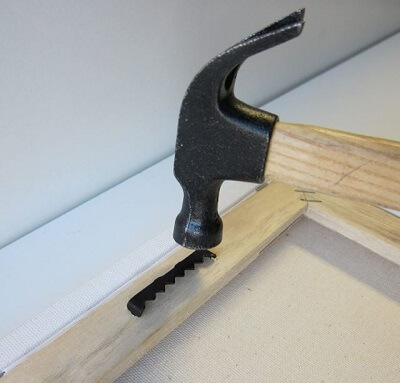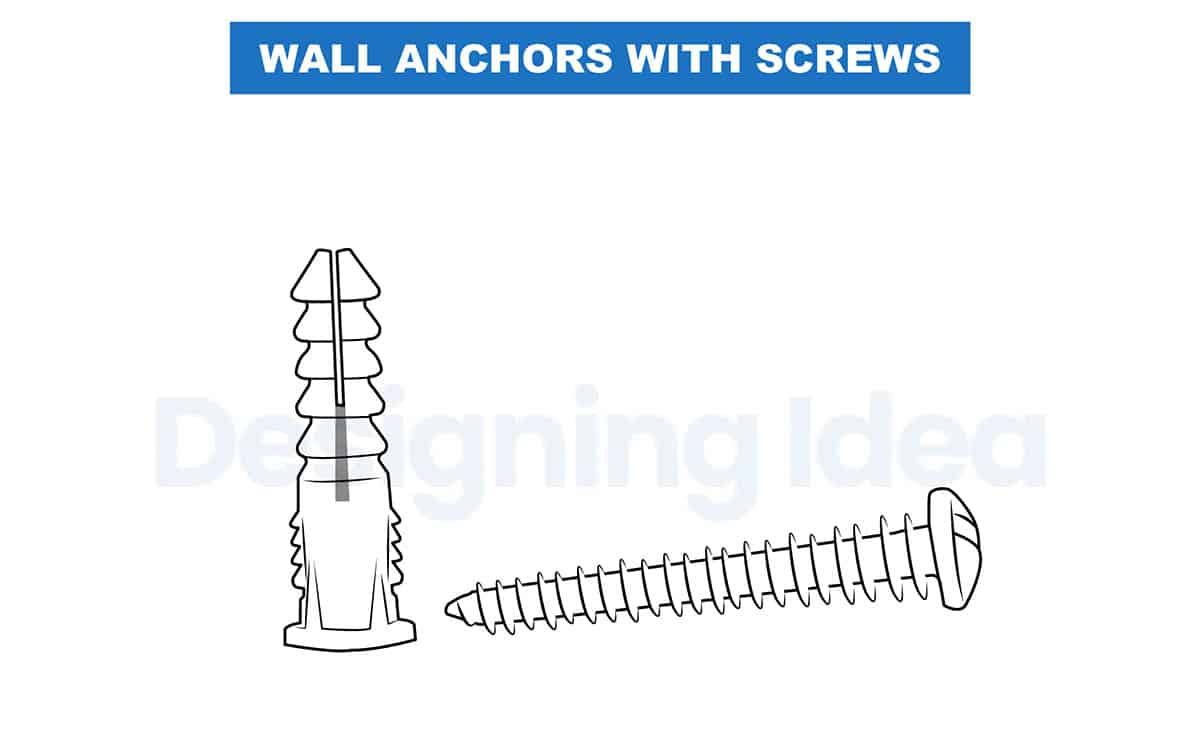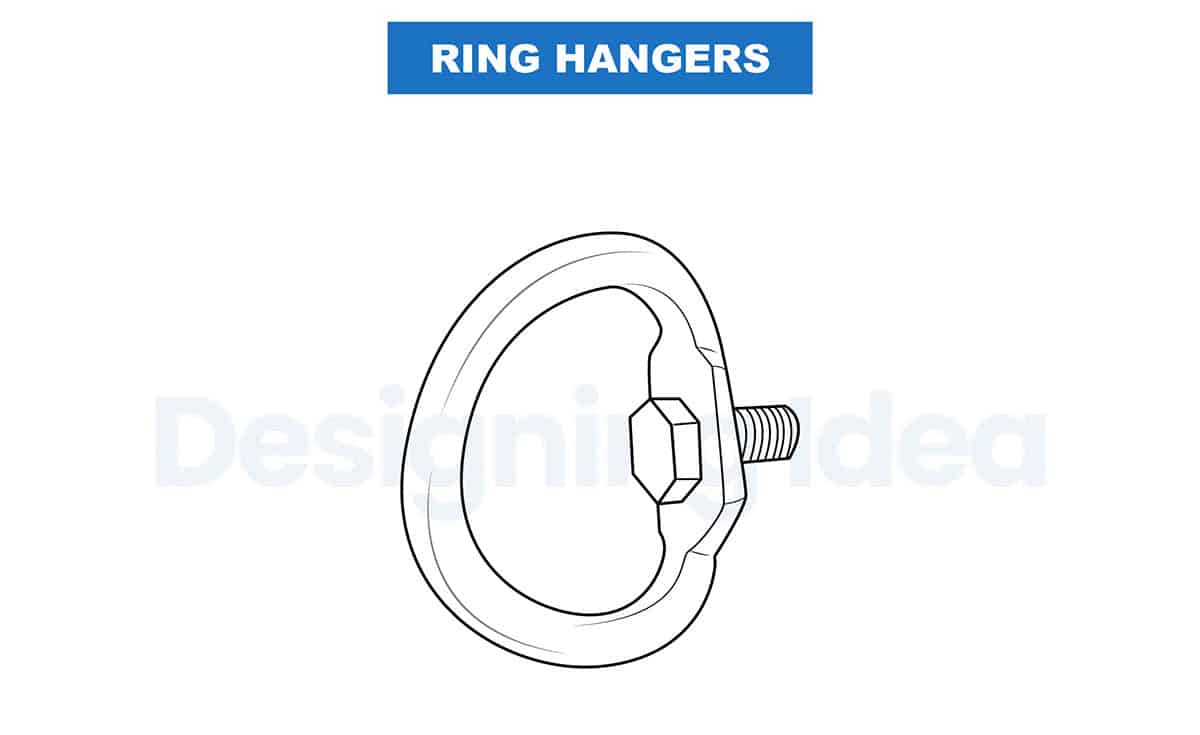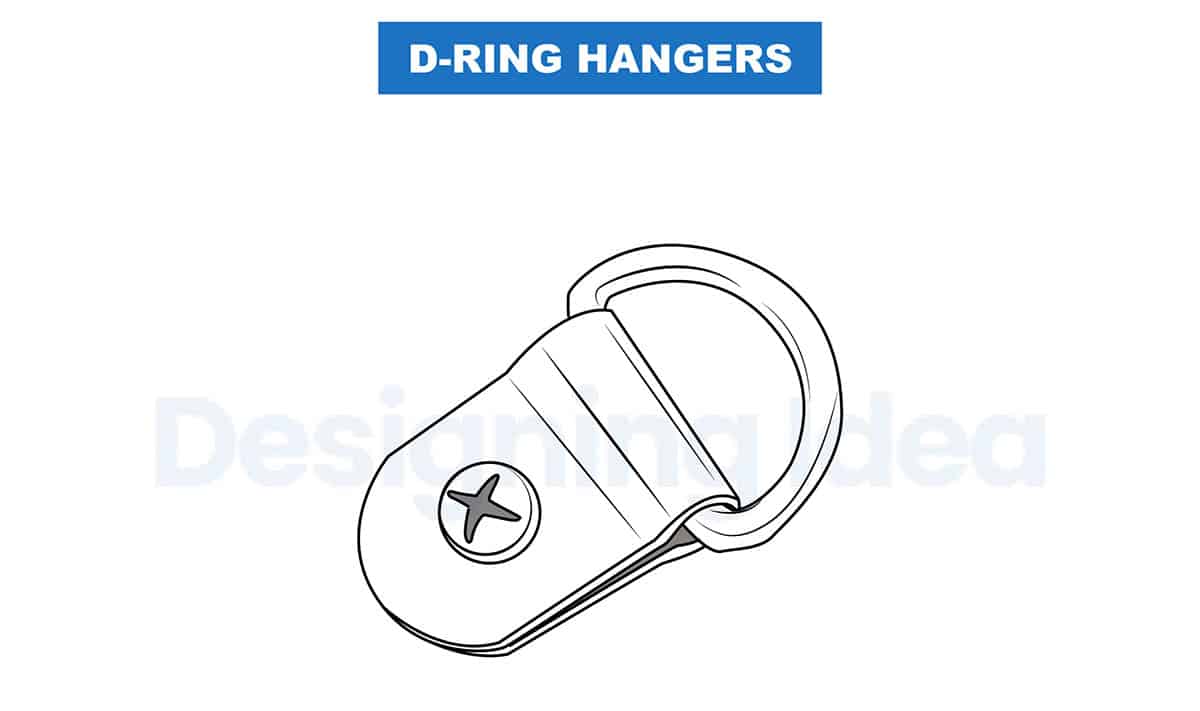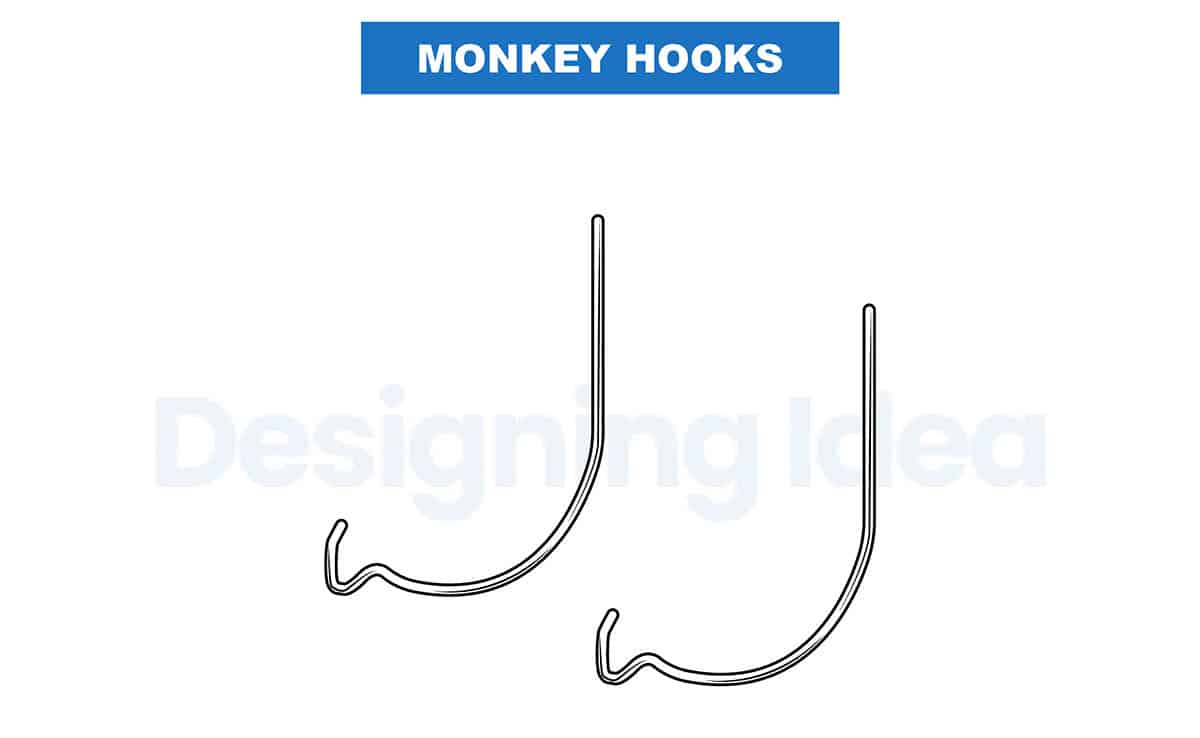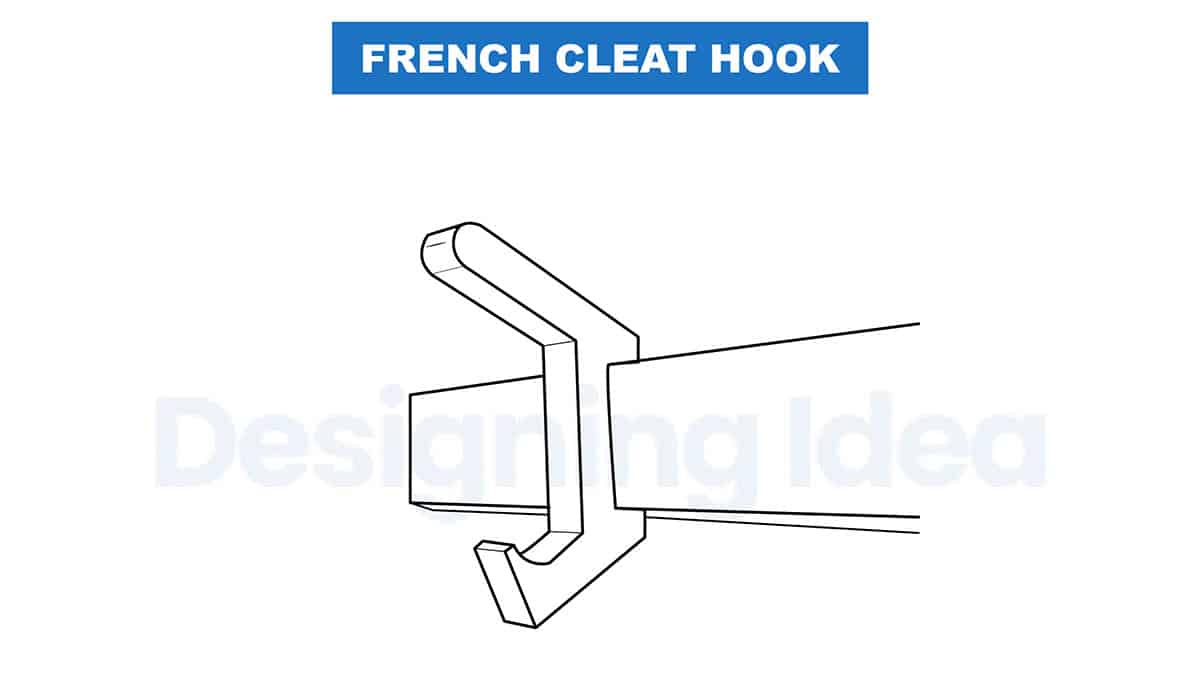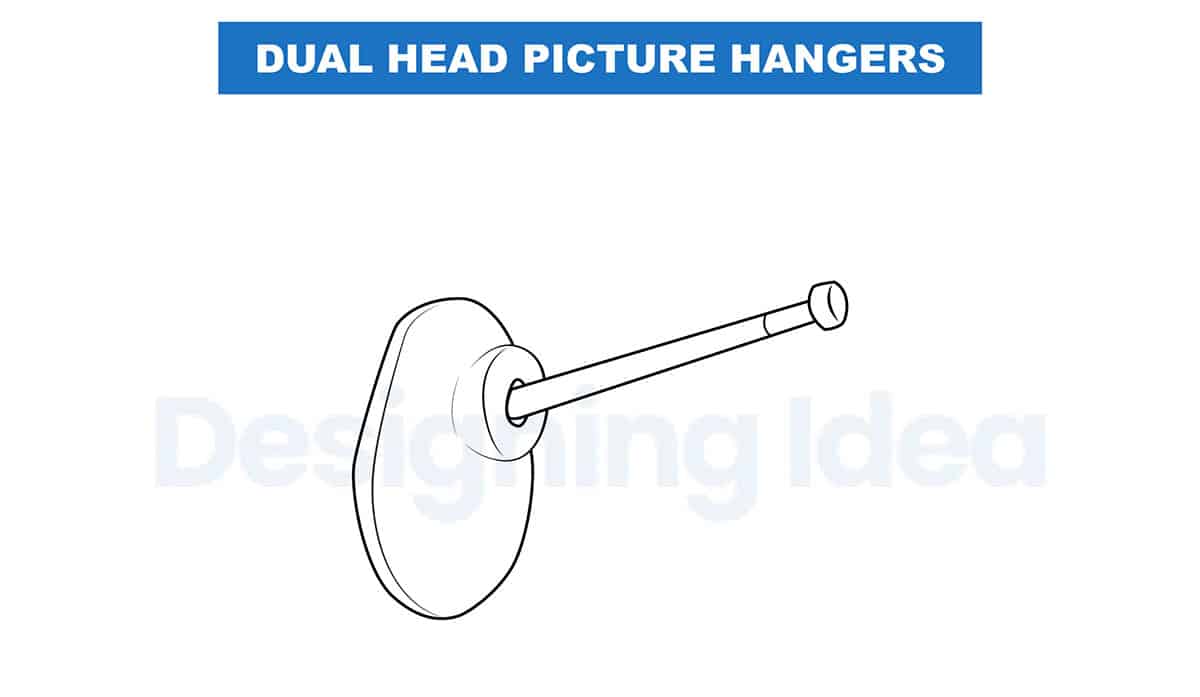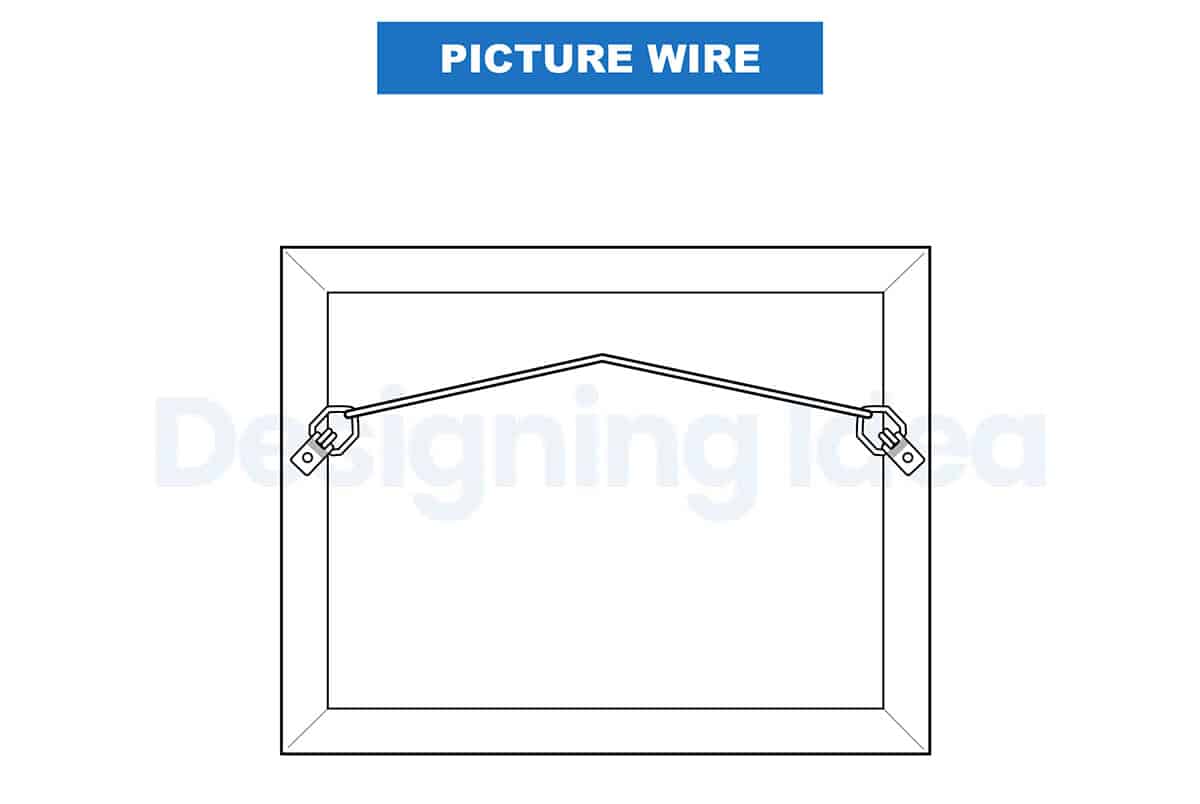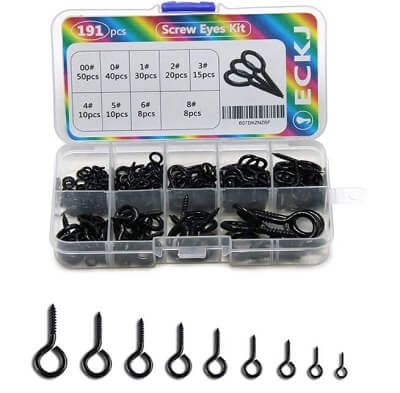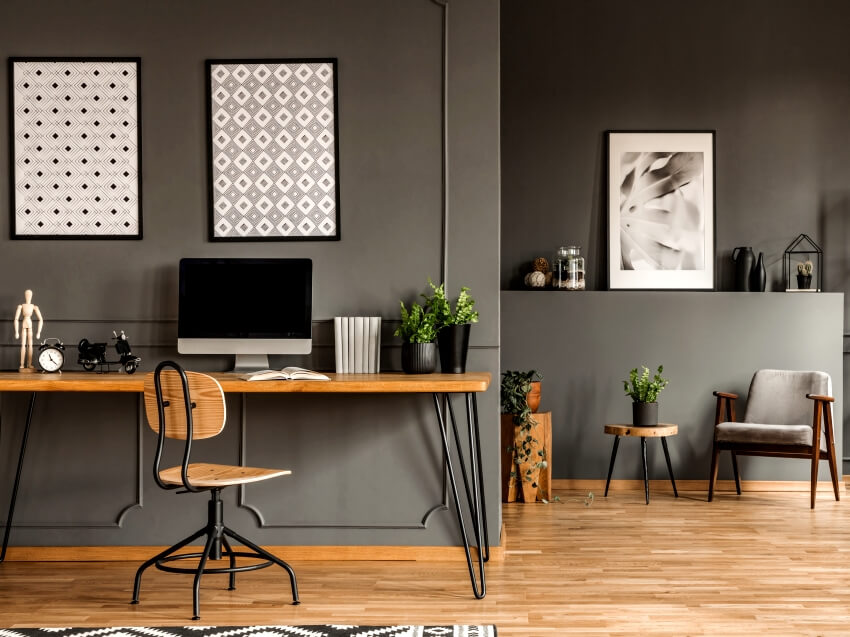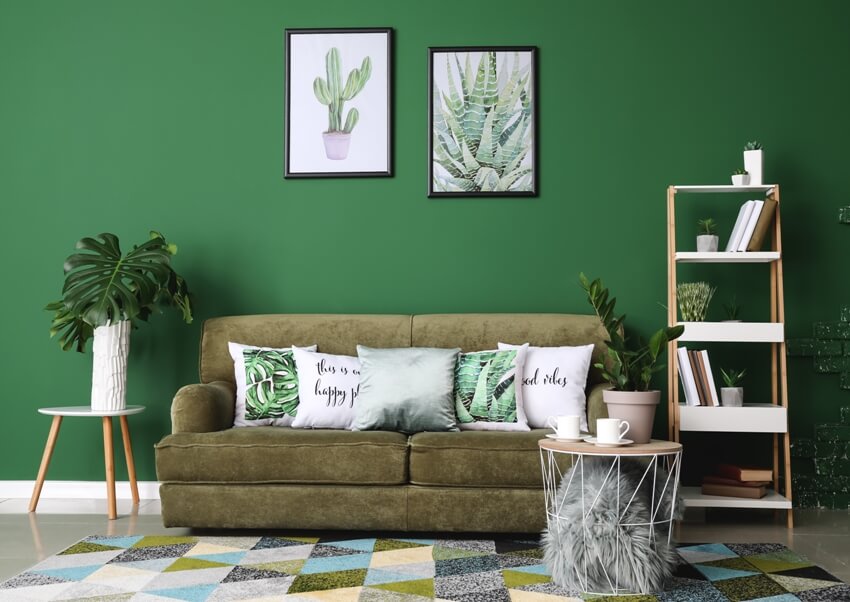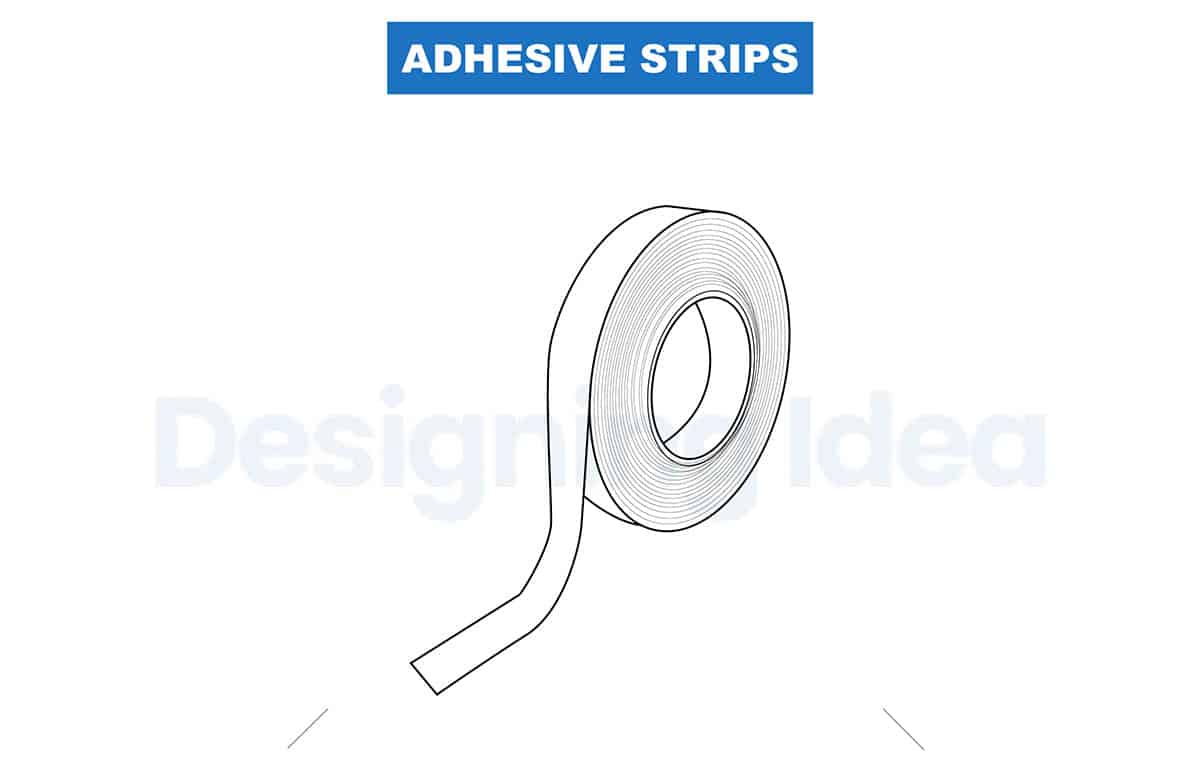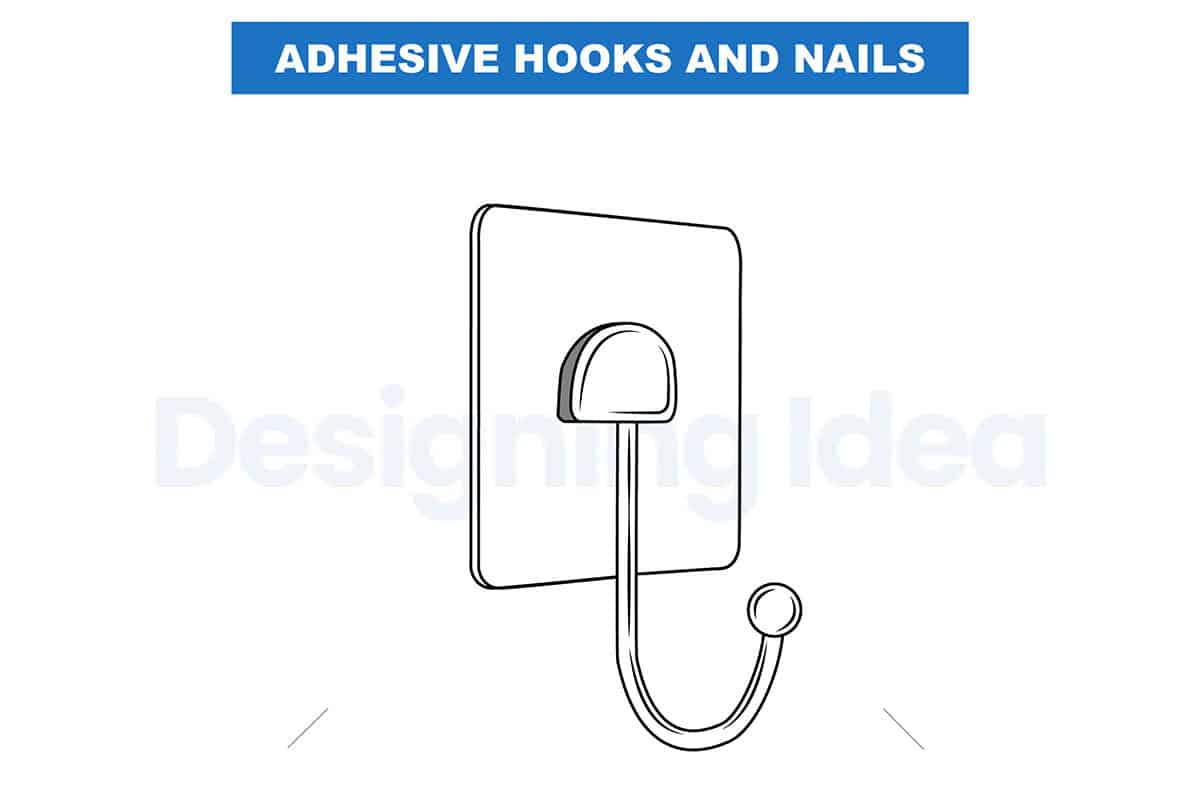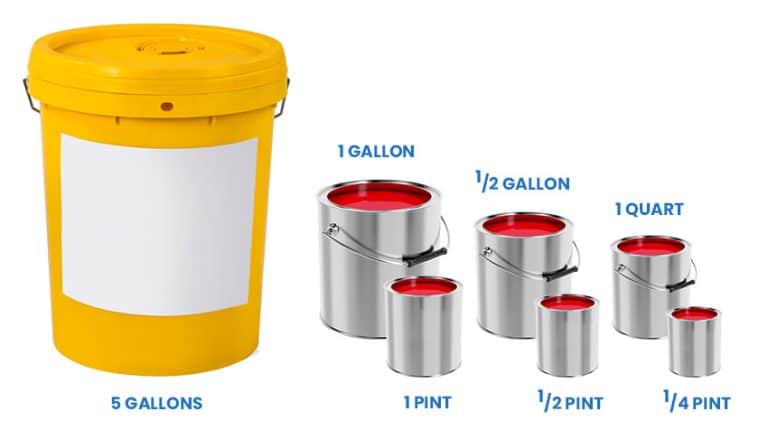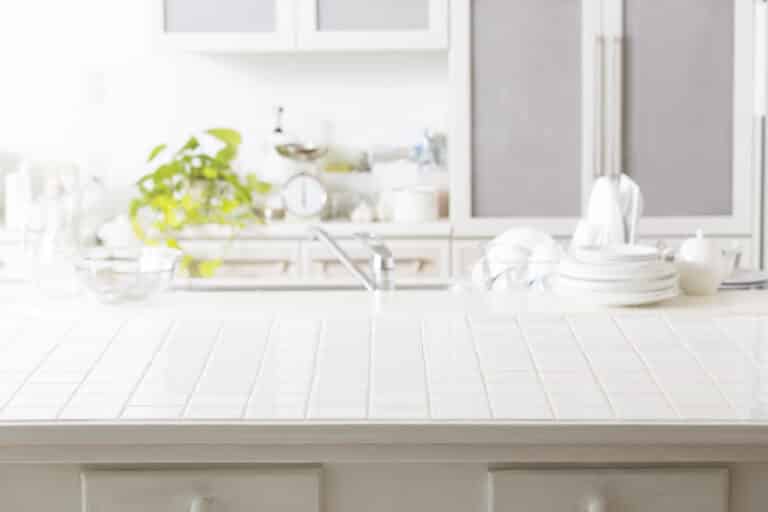14 Types of Picture Hangers (Best Hardware to Choose)
People love hanging pictures on their walls, whether photographs or paintings in frames. They show memories and milestones in the family, and most people hang family pictures, graduation day, wedding portraits, and candid moments. People use many types of picture hangers to mount their frames on the wall. Your choice of hanger will depend on the size and weight of the picture frame.
[toc]
Picture Hanger Styles
Below are the types of picture hangers, including hangers that do not need nails, and some tips on choosing the right hardware for your picture frames.
Saw Tooth Hangers
A sawtooth picture hanger is a common type of hanger. They come in all sizes and styles. They are good for picture frames that weigh 25 pounds. Most frames come with this type of hanger.
How can you use a sawtooth hanger? First, screw the sawtooth hanger at the back of the frame. Screw it at the center. Then, put a nail on the part of the wall where you want to place the picture.
The sawtooth bracket will catch on the nail. You can now straighten the picture you want to hang.
One advantage of the saw tooth hanger is that it does not bow. You do not have to adjust your frame. It stays in place. It keeps everything aligned.
See this Sawtooth picture hanger at Amazon [sponsored link]
- Sawtooth hangers are best for: Lighter to medium-weight pictures.
- Use: They allow for easy leveling and are often used with wooden frames weighing less than 10 pounds.
- Note: Requires a nail or screw in the wall but provides a good mount for light-weight items.
Command Strips
These are strips that you can use to hang pictures. You do not need any tools and can hang things on walls fast. You do not have to worry about adhesive residue.
Make sure to follow instructions. This will prevent the picture from falling off. Take note of the weight limit of the strip. Check out our tips on how high to hang pictures.
Do not hang the picture immediately. Give time for the strip to have a strong hold on the wall. Command strips are quite expensive. Yet, you do not have to patch up walls when you remove the picture.
Before putting command strips, clean the wall well. Remove all dirt for the strip to stick—separate two strips. Put the Velcro parts together.
Command strips come in small, medium, and large sizes. Make sure to match the weight of the frame and the size of the command strip. Using a command strip is one way of hanging a picture without nails.
- Command strips are best for: Those who want to hang pictures without damaging the wall. (good choice for renters)
- Use: Works best for medium or lighter-weight items with a maximum of about 16 pounds, depending on the product.
- Note: The wall surface must be clean and smooth for the adhesive to work. Not recommended for a textured wall, heavy items, or in areas with high humidity.
Wall Anchors with Screws
Wall anchors and screws are good for heavy picture frames. They are strong and secure. You drill the anchors to the wall. Then secure them using screws.
Wall anchors go well with plaster walls. You can drill the anchors to the wall with ease. Yet, they can leave big holes after you remove the anchors.
See this Plastic drywall wall anchors screw assortment kit at Amazon [sponsored link]
- Wall anchors are best for: Heavier pictures, mirrors, or wall art.
- Use: For use when no stud is available.
- Note: Requires drilling a hole in the wall.
Ring Hangers
Ring hangers are ideal for heavy picture frames. They can support heavyweights. They come in various shapes and sizes.
You can find the hanger hardware at the back of the frame. It comes mounted for a secure hold. You can place a screw, nail, or hook on the wall. Hang the frame on the nail, hook, or screw.
- Ring hangers are best for: Medium-weight frames.
- Use: Similar to a saw tooth hanger with the benefit of added stability for somewhat larger frames.
- Note: Not advisable for use with heavy or large frames.
D-ring Hangers
Bigger and heavier picture frames are hard to hand on the wall. Keep them secure by using a D-ring. This type of picture hanger can support heavy frames. It will allow the frame to lie flat on the wall.
You do not have to adjust the position of the frame. It stays in place. Use the small screws to attach the Aframe to the D-ring. For wider frames, use a wire between two D-rings to act as a leveler.
You can hang the ring to a nail, hook, or screw. Make sure that the material you use can support heavyweights.
See this Heavy duty D ring picture hanger at Amazon [sponsored link]
- D-rings are best for: Medium to heavy pictures combined with a wire.
- Use: Screwed into the frame’s back and used with or without a wire. Using two D-rings without a wire is more stable and secure but harder to level.
- Note: Requires exact measurements to hang items level.
Monkey Hooks
Monkey hooks come in several sizes. Use small hooks for light materials. The heavier the picture frame, the bigger the hooks. To install a monkey hook, insert the straight end into the wall. Do this completely. Only the hook must remain. Hang the frame on the hook.
Use a small drill when working on plaster walls to make the holes. You can insert the hooks on drywall without any tool. You can push, insert, or twist the hook to install. It creates a very small hole. The frame remains in place. It never slips.
Monkey hooks can support heavyweights. It transfers the weight of the object from the hole to the wall. It has a self-locking mechanism. The hook is unnoticeable. People only see the picture.
- Monkey hooks are best for: Directly into the drywall installations without using the studs.
- Use: Depending on the hook type they are great for hanging light to medium-weight pictures up to 35 pounds.
- Note: Easy installation without needing tools but not suitable for plaster or brick.
French Cleat Hook
Use a French cleat hook for heavy picture frames. French cleat hooks can support objects that weigh up to 50 pounds. A French cleat hanger has two parts. You attach one part to the frame. Mount the other part to your wall.
These two parts hold the frame. The picture will never move or sway. You do not have to adjust them from time to time. French cleat hooks can hold odd-shaped pictures.
See this French cleat hanger at Amazon [sponsored link]
- French cleats are best for: Hanging heavy items like large mirrors, artwork, or wall-mounted cabinets.
- Use: The mount distributes weight across a large wall area.
- Note: It may require finding the studs in the wall or using wall anchors to secure them.
Dual Head Hangers
Dual head picture hangers look like a nail with two heads. You can use them with your sawtooth hanger or ring-style hardware.
The part that looks like a nail can create small damage on the wall. The head keeps a stronghold on the picture. With the two heads, your frame is always secure and remains in place.
- Dual-head hangers are best for: Medium-weight pictures and mirrors.
- Use: Two pins go into the wall, providing more strength than a single nail or screw.
- Note: Easy to install but leaves two small holes in the wall.
Picture Wire
A picture wire is a piece of wire that you use with a ring hanger. Place two ring hangers at both ends of the frame.
String the picture wire to the ring hangers. This will create a strand where you can hang your picture frame. Do not stretch the wire too much. Leave some slack.
Here are some picture wire hanging tips to use:
Select the correct test wire for the job. Buy a braided wire that can hold the weight of your picture frame to avoid damage.
Before hanging, hold the picture frame to the wall and mark the wall with a pencil to get it where you want it. Consider that the wire will bend in the middle, making the picture drop a little when mounted.
Mounting of the wire is typically done about 1/3 of the way from the top of the frame.
Use the d-rings on the back of the frame to thread the wire through and twist it several times around itself to ensure a secure fit.
Select hooks that can hold over the amount of weight of the artwork that will hold the wire. Add small felt adhesive pads to the frame to avoid rubbing or damaging the wall.
Try to mount the hooks into a wall stud if possible or nail them in at an angle facing somewhat downward to add more strength to the fixture.
This is especially useful for high-traffic areas like a hallway or entryway where the picture may be bumped or jostled.
See this picture hanging wire at Amazon [sponsored link]
- Hanging wire is best for: Frames equipped with D-ring or screw eye hangers.
- Use: The wire allows for easy adjustment and leveling once installed. Make sure the thickness of the wire meets the weight limit for the item being mounted.
- Note: Make sure to twist the wire enough times so it securely holds the item.
Screw Eyes
Most picture frames come with screw eyes at the back. The screw eyes attach the frame to the picture wire.
Screw eyes are easy to use, but they can create damage, especially the very small ones. A split can develop on the wood where the screw eyes are. To prevent damage, use screws with large eyes.
See this screw eyes zinc plated metal at Amazon [sponsored link]
- Screw eyes are best for: Attaching picture wire to the back of a frame.
- Use: Screw them into the frame to hold the wire that supports the picture from a hook in the wall.
- Note: Make sure they do not extend too far out from the frame.
How To Choose The Right Hangers For Pictures
There are many types of picture hangers. Choosing the right type of picture hanger is important. Here is a guide on how to choose the right picture hanger.
Consider the weight of the frame
For lightweight picture frames, you can choose picture hangers with hooks at the back. You will need monkey hooks and other picture hangers for items that weigh 25-pounds or more.
You can buy a kit with many of the different items you need in one package. Look for products with the minimum weight capacity needed and match the hardware colors with the prevalent style of your interior.
Take note of the shape of the frame
Not all picture frames have regular shapes. For those with irregular shapes, you can use French cleat hooks.
Hangers That Do Not Need Nails
Renters are not free to hang pictures. Some homeowners do not allow using nails. But you have options. You can use picture hangers that do not need nails.
Adhesive Strips
These are adhesive strips placed at the back of the frame. They can hold heavy frames. They do not leave adhesive residue as well. Make sure the surface is clean before using them.
Adhesive Hooks and Nails
These materials have adhesives that stick to walls. You hang the pictures on these hooks or nails.
Press-in Hooks
Insert press-in hooks on walls. The holes that they make are very tiny. Some of these press-in hooks can support heavyweights.
Picture Strings
Find a wall feature that will allow you to place a string between them. Hang the picture on the frame.
With these picture hangers, you do not have to use nails. You can avoid causing damage to the wall or causing marks. Read more about how to hang up heavy frames without nails.
For more related articles, check out our guide to the most creative accent wall ideas.


